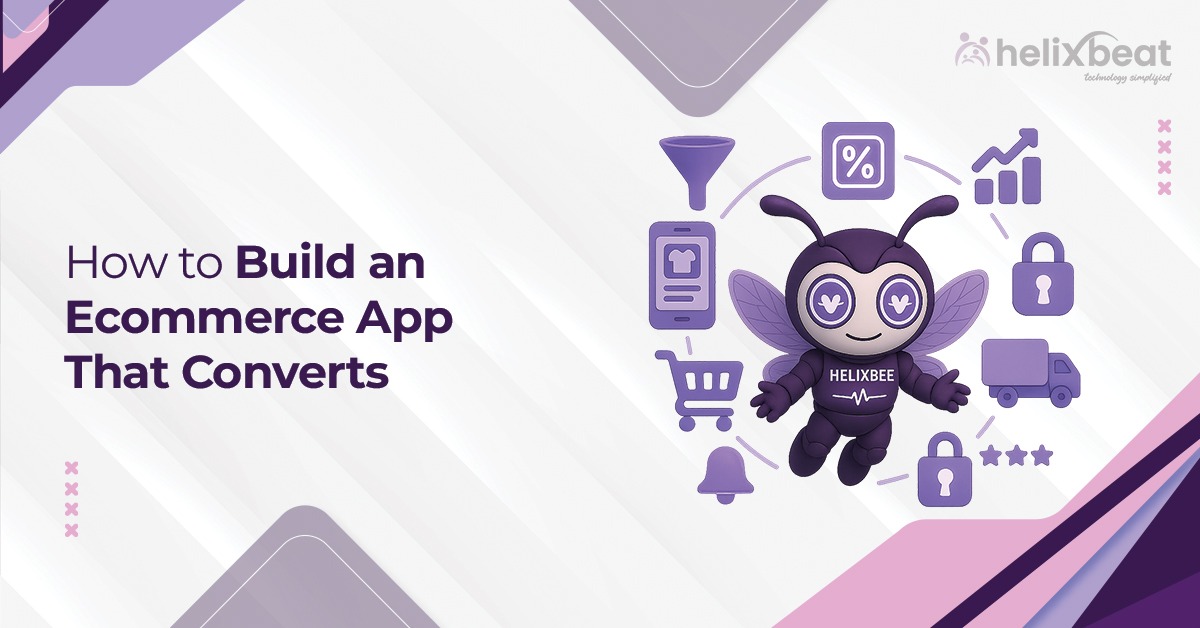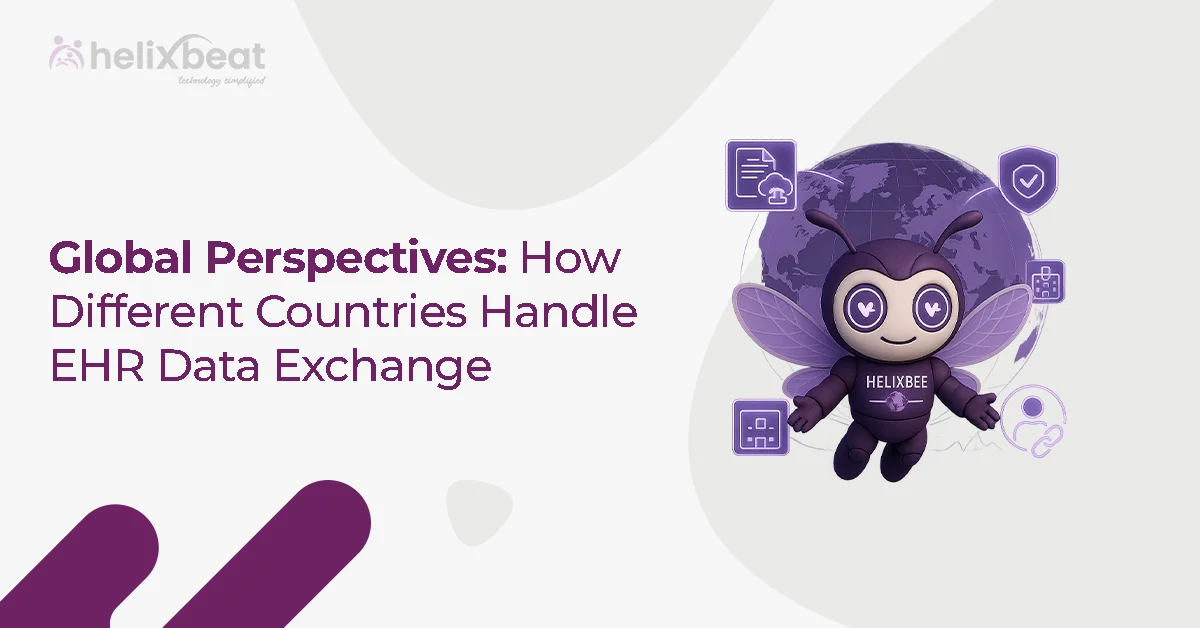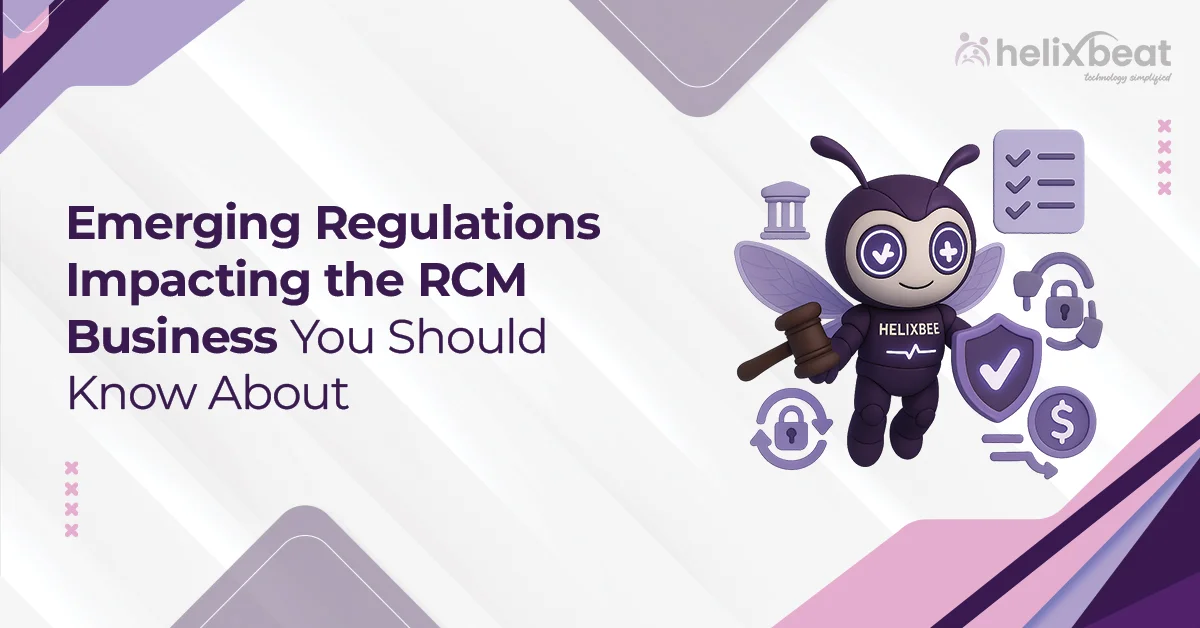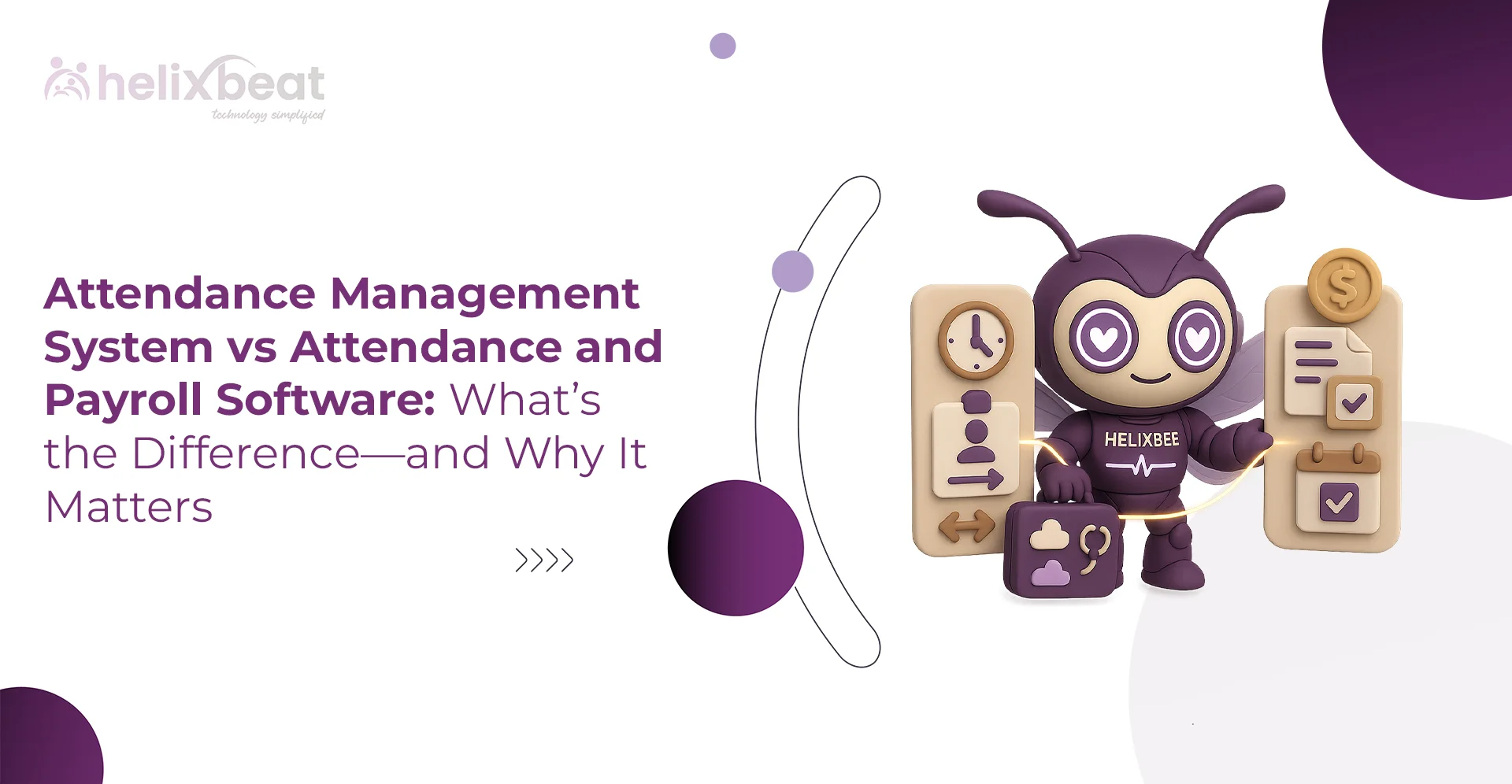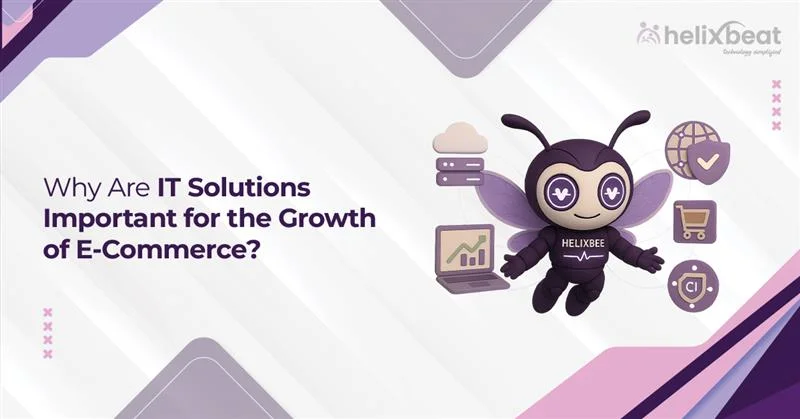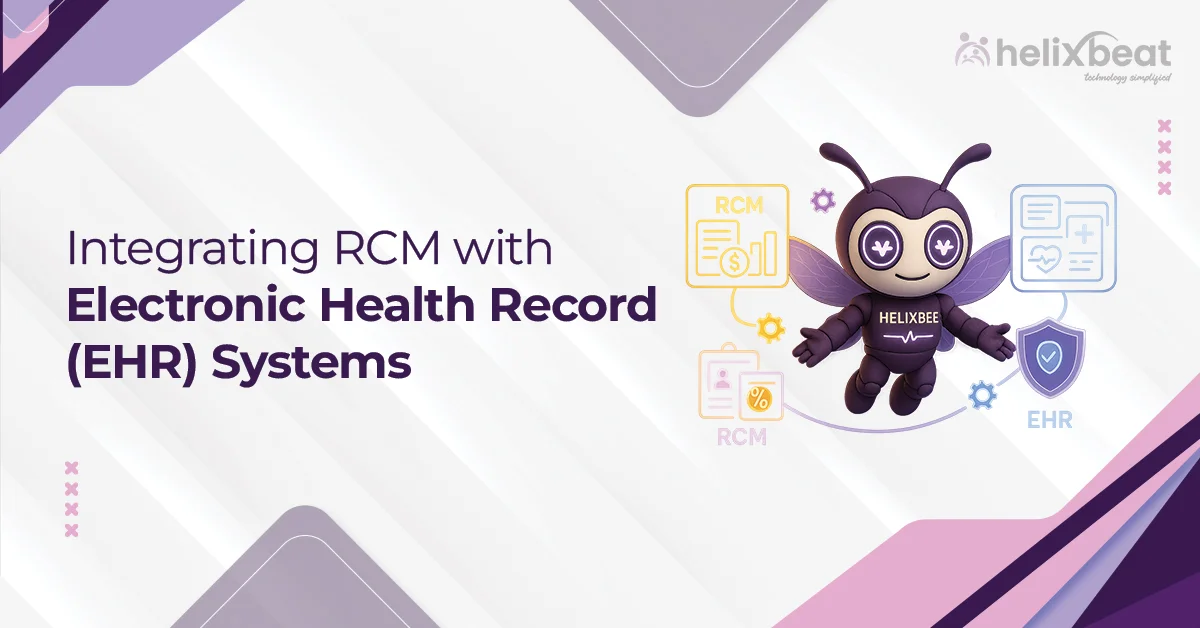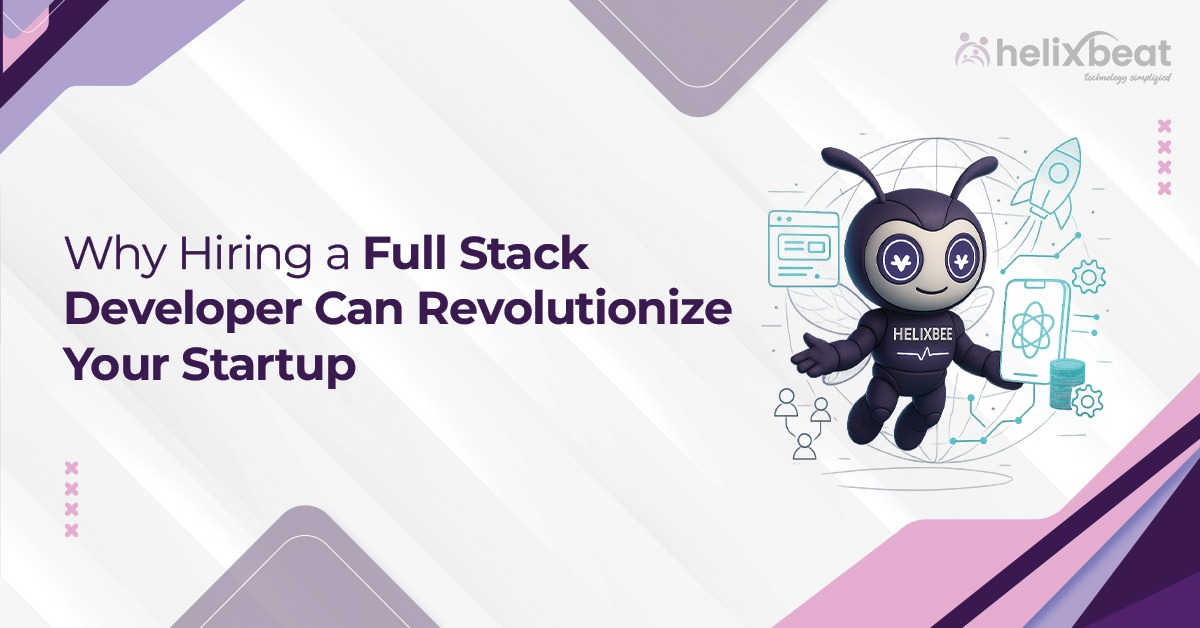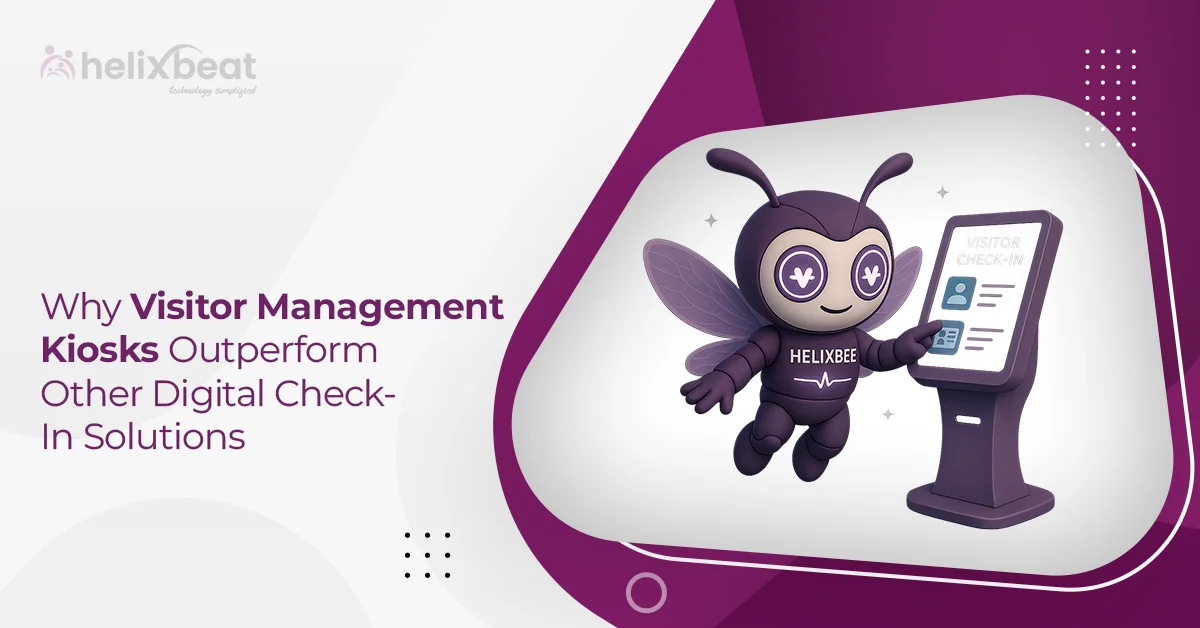Ecommerce app development is growing rapidly, with mobile shopping expected to reach $3.56 trillion by 2021, making up almost 73% of all online sales. With more people shopping from their phones than ever before, having an e-commerce app is more important than ever.
However, many businesses face the challenge of turning app visitors into actual buyers. In fact, studies show that 85% of mobile app users will stop using an app if it’s slow or difficult to navigate.
The problem is clear: if your app isn’t fast, easy to use, or personalized to your customers’ needs, it’s likely to lose them. This means you might miss out on sales and loyal customers.
But there’s good news! You can fix this. By focusing on e-commerce app development, you can provide your users with a seamless and enjoyable shopping experience that encourages them to make purchases and return frequently.

Table of Contents
Interesting Statistics About E-Commerce
Here are three interesting statistics about e-commerce:
- By 2021, mobile commerce is expected to account for 72.9% of total e-commerce sales, reaching a staggering $3.56 trillion (Statista).
- 69.57% of online shopping carts are abandoned before the purchase is completed, highlighting the importance of improving user experience and checkout processes (Baymard Institute).
- 80% of consumers are more likely to make a purchase when brands offer personalized experiences, showing how crucial it is to tailor your e-commerce app to individual preferences (Epsilon).
7 Easy Steps to Build an E-Commerce App
Building a successful e-commerce app is a step-by-step process that involves planning, design, and execution. Here are seven easy steps to help you build an e-commerce app that works:
1. Define Your Goals and Audience
Before you start building your app, you need to define what you want to achieve and who your target audience is. Ask yourself:
- Do you want to increase sales, offer better customer support, or provide a unique shopping experience?
- What are the needs, preferences, and behaviors of your target audience?
Understanding your goals and audience will guide your design and feature choices, ensuring your app addresses the right customer pain points and desires.
2. Choose the Right Platform (Native, Hybrid, or PWA)
One of the most important decisions you’ll make is selecting the platform for your app. There are three main types:
| Platform Type | Pros | Cons |
| Native Apps | Best performance and speed- Full access to device features- Better user experience for specific platforms (iOS/Android) | Higher development cost- Separate codebase for iOS and Android |
| Hybrid Apps | One codebase for multiple platforms- Lower development cost- Faster time to market | Slower performance compared to native apps- Limited access to some device features |
| Progressive Web Apps (PWA) | Accessible through a browser, no installation required- Lower development and maintenance cost- Works offline | Limited access to device features- May not provide the same user experience as native apps |
Your choice depends on your budget, target audience, and the features you need.
3. Design a User-Friendly Interface (UI/UX)
An intuitive and visually appealing design is key to user retention. Your e-commerce app’s interface should be clean, easy to navigate, and mobile-responsive. Focus on:
- Simplicity: Keep the interface straightforward with minimal clutter.
- Quick Navigation: Use easy-to-find categories and filters.
- Visual Appeal: Use high-quality images, smooth animations, and appealing color schemes.
Tips for a Great UI/UX:
- Include mobile shopping app features like product carousels and zoomable product images.
- Ensure easy access to menus and product pages with a bottom navigation bar.
- Use large, readable fonts and buttons for better accessibility.
4. Integrate Secure Payment Gateways
A seamless and secure payment system is crucial for any e-commerce app. Integrating multiple payment options, such as credit cards, digital wallets (like PayPal, Apple Pay, or Google Pay), and even cash-on-delivery (COD), can help cater to a wider audience.
Ensure that your app’s app-based checkout process is quick and hassle-free:
- Autofill options: Save users’ payment details securely for faster checkout.
- Multiple Payment Methods: Offer various ways to pay to suit different preferences.
- Security: Implement SSL encryption and other security protocols to protect user data.
5. Add Essential E-commerce Features
To offer a comprehensive and enjoyable shopping experience, your app needs some essential features:
- Product Search and Filters: Let users search for products by category, price, brand, and more.
- Shopping Cart and Wishlist: Allow users to save their favorite items for later.
- Customer Reviews and Ratings: Help build trust by displaying user-generated content.
- Push Notifications: Use push notifications to keep users engaged with special offers, promotions, and abandoned cart reminders.
Key E-commerce App Features
| Feature | Description |
| Product Search | Let users search for products using filters like price, category, and rating. |
| Push Notifications | Notify customers about offers, discounts, and new arrivals to keep them engaged. |
| App-Based Checkout | Simplify the checkout process with saved payment info and multiple payment options. |
| Order Tracking | Provide real-time tracking of purchases. |
6. Integrate Omnichannel Retail Capabilities
In today’s digital world, customers expect a seamless experience across all platforms. An omnichannel retail app allows your customers to transition smoothly between online and offline shopping experiences. This can include:
- Click-and-collect: Allow users to buy products online and pick them up in-store.
- Unified Customer Profiles: Keep track of user preferences and purchase history across multiple channels.
- Real-time Inventory Updates: Ensure customers can check product availability both online and in physical stores.
By integrating omnichannel features, you create a more cohesive shopping experience that improves customer loyalty and satisfaction.
7. Test, Launch, and Optimize
Before launching your e-commerce app, it’s crucial to test it thoroughly to identify and fix any bugs. Perform tests on:
- Usability: Ensure that the app is easy to navigate and functions smoothly.
- Performance: Test how the app handles traffic and performs under high demand.
- Security: Ensure payment transactions and user data are fully protected.
Once your app passes the tests, launch it and start gathering user feedback. Continue to monitor the app’s performance and make improvements based on user behavior. Regular updates are important for maintaining customer satisfaction and ensuring your app stays competitive.
By following these seven steps and incorporating key features like mobile shopping app features, app-based checkout process, push notifications, and omnichannel retail app integration, you can create an app that stands out in the crowded e-commerce market.
5 Common Mistakes to Avoid in E-commerce App Development
When it comes to e-commerce app development, avoiding common mistakes is crucial to creating an app that not only attracts users but also converts them into loyal customers. Here are some key mistakes to avoid:
1. Ignoring Mobile Optimization
Failing to optimize your app for mobile devices can lead to poor performance and a frustrating user experience, causing users to abandon the app.
2. Complicated User Interface
A cluttered or complex design can confuse users and make navigation difficult, leading to high bounce rates and lost sales.
3. Overlooking Security
Failing to implement proper security measures, such as SSL encryption and secure payment gateways, puts user data at risk and damages trust in your app.
4. Neglecting App Performance
Slow loading times and crashes can drive customers away. Ensure your app performs smoothly even with high traffic or heavy product images.
5. Lack of Personalization
Without personalized experiences, such as product recommendations or targeted offers, your app may fail to engage users and drive conversions.
How Artificial Intelligence Helps in E-Commerce App Development
Artificial Intelligence (AI) is transforming the way e-commerce apps operate, making them smarter, more personalized, and more efficient. By leveraging AI, you can enhance the shopping experience and drive conversions. Here’s how AI helps in e-commerce app development:
- Personalized Recommendations: AI analyzes user behavior and preferences to suggest products tailored to individual customers, improving the likelihood of a purchase.
- Smart Search and Filters: AI-powered search functionality provides users with more accurate results, even with vague or misspelled search terms, enhancing their shopping experience.
- Chatbots and Virtual Assistants: AI-driven chatbots offer 24/7 customer support, answering common questions, providing product recommendations, and solving issues in real-time.
- Inventory Management: AI can predict product demand, optimize stock levels, and reduce overstock or stockouts, ensuring that your e-commerce app has the right products at the right time.
By integrating AI into your e-commerce app, you can create a more efficient, personalized, and engaging experience that leads to higher customer satisfaction and increased sales.
Why Leading Companies Choose Helixbeat for E-commerce App Development
Top companies choose Helixbeat for their e-commerce app development because we specialize in building apps that provide smooth, easy-to-use shopping experiences. Our team combines the latest technology with a focus on making sure the app meets your customers’ needs. We create secure and scalable apps that help your business grow, ensuring they perform well and are easy to navigate.
With Helixbeat’s e-commerce app development services, businesses can also benefit from advanced features such as personalized recommendations, seamless checkout, and integration with multiple sales channels. We make sure your app is not only great today but also ready for future updates and improvements, so your business can stay ahead and continue to meet customer expectations.
Want to create an app that drives results? Schedule a free consultation with us.
FAQ
1. What are the essential features every e-commerce app should have?
Every e-commerce app should include features like easy navigation, secure payment gateways, push notifications, product search, and a smooth checkout process to enhance the shopping experience.
2. How long does it take to develop an e-commerce app?
The development time for an e-commerce app can vary depending on the complexity of the features, design, and platform chosen. On average, it can take anywhere from 3 to 6 months to launch a fully functional E-commerce app.
3. How much does it cost to develop an e-commerce app?
The cost of developing an e-commerce app depends on various factors like platform choice, design complexity, features, and development team. Typically, it can range from 5 to 25 Lakhs or more.
4. Can I integrate my e-commerce app with my existing website?
Yes, it is possible to integrate your e-commerce app with your existing website. This integration allows for synchronized inventory, customer profiles, and seamless multi-channel shopping experiences.
5. How do I ensure my e-commerce app is secure?
To make sure your e-commerce app is secure, implement SSL encryption, secure payment gateways, regular updates, and conduct security audits. It’s also essential to comply with data protection regulations like GDPR.



